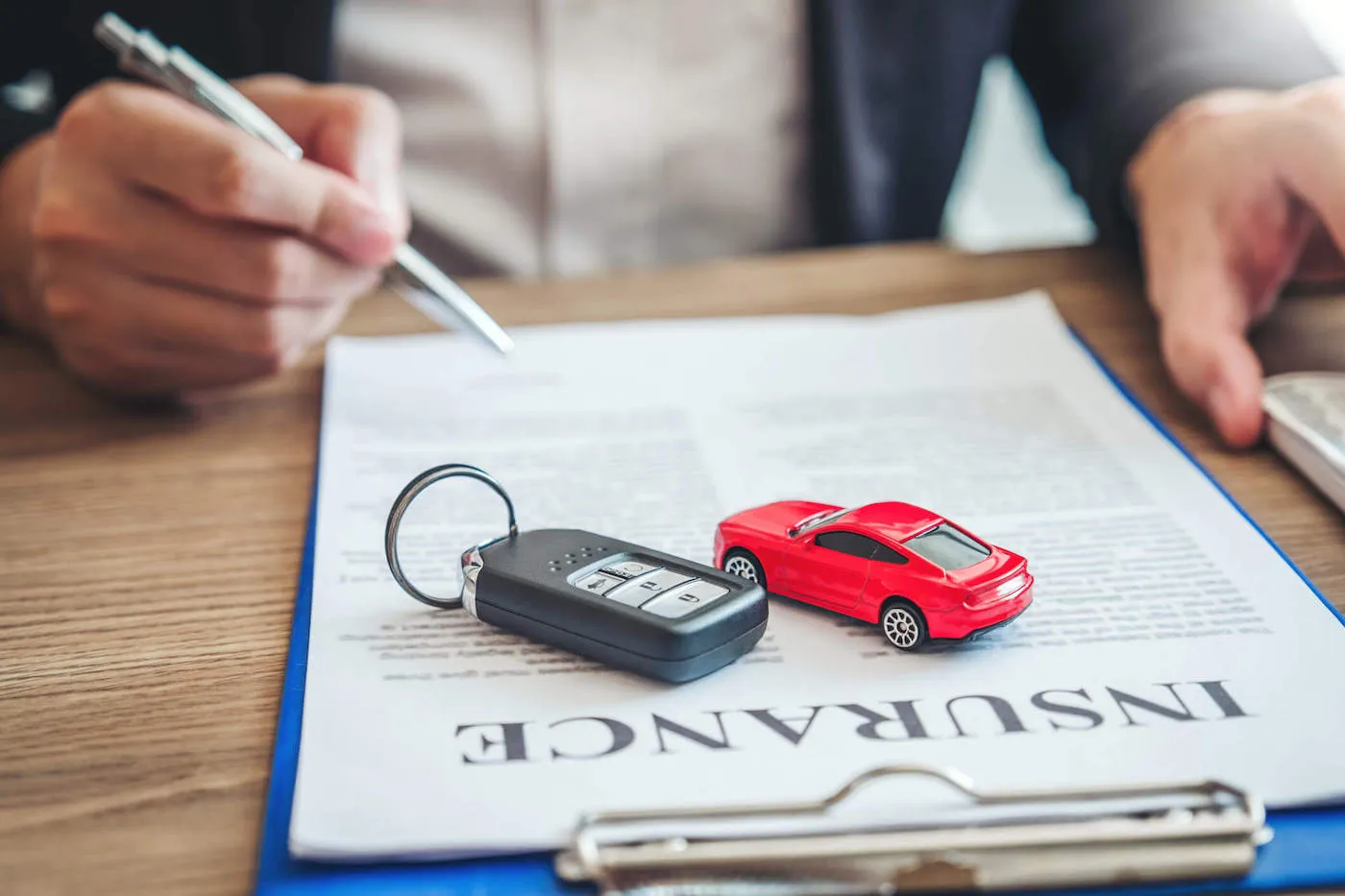Getting into a car accident is stressful enough without worrying about how it might affect your insurance rates. Many drivers wonder whether their premiums will increase after a crash—and if so, by how much. The answer depends on several factors, including who was at fault, your insurance company’s policies, and your driving history.

Factors That Influence Rate Increases
1. Fault Determination
-
At-Fault Accidents: If you were responsible for the accident, your insurer is more likely to raise your rates because you’re now considered a higher-risk driver.
-
Not-at-Fault Accidents: If another driver was to blame, your rates may not increase—though some insurers might still adjust premiums if you’ve had multiple claims.
2. Your Insurance Provider’s Policy
-
Some companies offer accident forgiveness, meaning your first at-fault accident won’t lead to a rate hike (if you qualify).
-
Others may raise premiums regardless of fault, especially if the claim was costly.
3. Severity of the Accident
-
Minor fender-benders may have little to no impact, while major collisions (especially those involving injuries or significant damage) often result in higher premiums.
4. Your Driving Record
-
A clean record before the accident may help minimize the increase.
-
Multiple past claims or violations could lead to a steeper hike—or even policy non-renewal.
5. State Regulations
-
Some states prohibit insurers from raising rates after not-at-fault accidents.
-
Others allow increases based on claim frequency, regardless of fault.
How Much Can Rates Increase?
On average, an at-fault accident can raise premiums by 20% to 50%, depending on the insurer and circumstances. For example:
-
A driver paying $1,200/year might see their premium jump to $1,500–$1,800 after an at-fault crash.
-
Not-at-fault accidents may result in a smaller increase—or none at all.
Ways to Avoid or Reduce Rate Hikes
-
Use accident forgiveness (if available).
-
Shop around for a new policy if your rates rise significantly.
-
Take a defensive driving course to potentially qualify for discounts.
-
Consider raising your deductible to lower premiums (if you can afford the out-of-pocket cost in future claims).
The Bottom Line
While not all accidents lead to higher insurance rates, at-fault collisions usually do. The best way to keep premiums low is to drive safely, maintain a clean record, and understand your insurer’s policies. If your rates do increase, comparing quotes from other providers could help you find a better deal.
Would you like help finding strategies to lower your post-accident premiums? Let me know—I’d be happy to assist!



